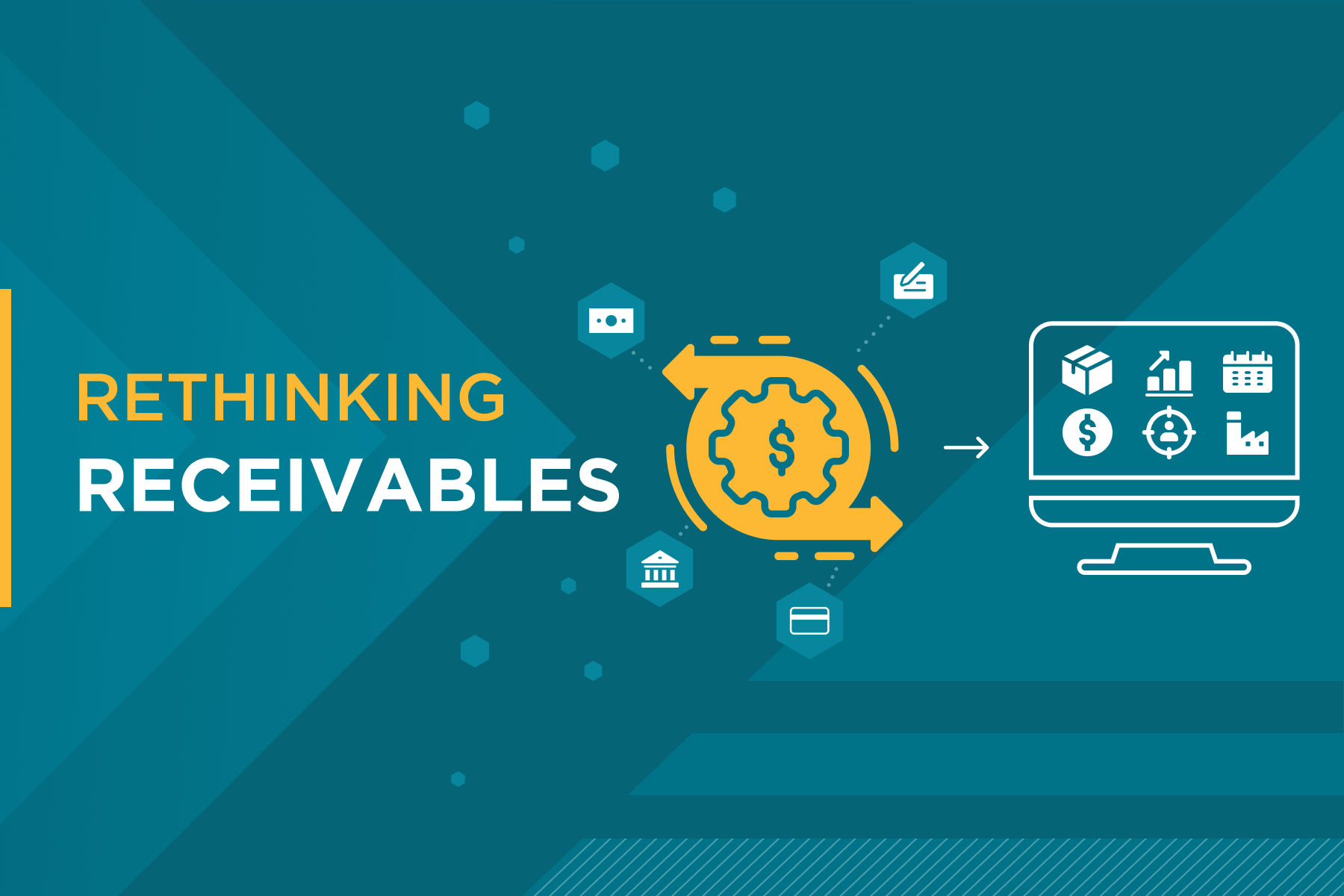Businesses have never been more motivated to accelerate receivables.
But to improve their receivables, businesses will have to unlearn much of what they thought they knew about receivables management. And that starts with ditching outdated batch processing.
Understanding How Healthcare Receivables Can Be Improved
Most receivables management systems used by businesses and bank lockbox providers operate in a batch mode, where groups of payments are collected over time and processed all at once.
Batch processing is a relic from the days when most business payments were made via check and arrived with the morning mail. Batch processing was ideal for processing paper. Businesses would open the mail and process their checks all at once, in batches.
After all the data for a batch was collected, entered, and processed, businesses could see where things stood with their receivables, typically at the end of the processing day. Batch processing kept checks moving and under control.
Batch processing may still be an option for printing shipping labels and packing slips, but it has outlived its usefulness in receivables processing.
For starters, businesses now receive most of their payments electronically throughout the day, not in trays of mail delivered in the early morning. In fact, many receivables solutions still rely on standalone processes to manage each payment type.
What is more, in today’s digital economy, businesses cannot afford the information latency that comes with waiting around for batches of payments to get processed.
Outdated information in an ERP or accounting system can result in an errant denial of service to a customer, an unnecessary credit hold that costs the business a new sale, or a faulty view of business’ working capital – to say nothing about all the operational hassles that the batch processing of receivables contributes to.
It is no wonder that businesses in the United States spend an eye-popping $115 billion annually on accounts receivable processing – nearly 80 percent of it on internal staff or professional services.
It also is no surprise that most businesses are less than satisfied with their receivables processes.
It is time that businesses rethink the way they manage their receivables.
It is time that they move to a real-time environment.
Unleash the Power of Real-time Processing
In a real-time receivables environment, payments of every type are aggregated and processed as they are received, throughout the day, and directly reflected in the biller’s ERP or accounting system.
With real-time processing, the information in an ERP or accounting system is never outdated. Moreover, data can be fed directly into analytics tools to provide financial decision-makers with timely insights. Credit and warehouse systems can be instantly updated to keep sales and products moving. And data anomalies that may suggest fraudulent activity can be identified quickly.
What is more, some real-time receivables platforms are deeply integrated with leading ERP or accounting applications, facilitating bi-directional synchronization of data between the platforms.
Providing the receivables platform with real-time access to data residing in the ERP or accounting system eliminates some of the biggest operational challenges that receivables departments face:
- Real-time cash application and updating of general ledger accounts
- Real-time identification and handling of payment discrepancies based on pre-set rules
- Real-time handling of customer chargebacks and refunds
- Real-time reconciliation
Cashflow is accelerated, the view of receivables is clearer, and operations are streamlined.
None of this is possible with receivables solutions that rely on batch processing.
Suppliers can receive funds even faster and gain the peace of mind of that come with irrevocable payments, by combining a real-time receivables solution with Real-Time Payments (RTP).
Whether your business processes its receivables in-house, or through a bank lockbox provider, it will benefit from real-time receivables management. Let Transcard’s receivables experts show you how.




